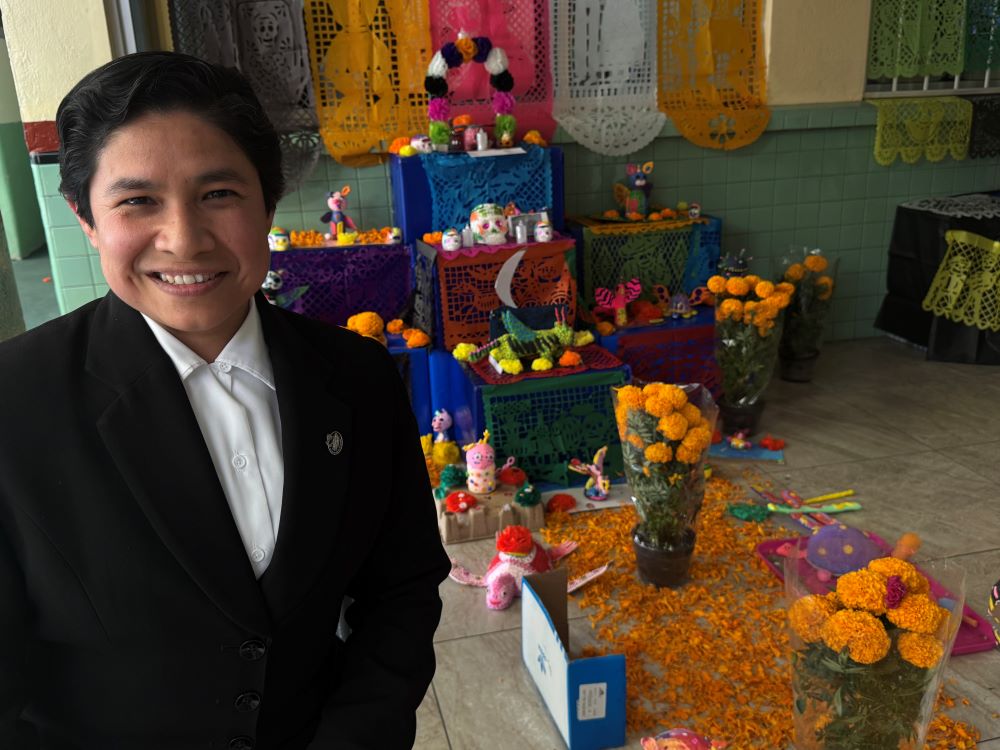
Sr. Brenda Hernández, of the Mexico-based Daughters of Mary Immaculate of Guadalupe, poses in front of a Day of the Dead altar built by students at the Catholic Colegio Tepeyac Mexicano run by her order in Mexico City. Remembering the dead at this time of year is about being thankful for them and having hope that life continues in another form after death, said Hernández. (GSR photo/Rhina Guidos)
In some parts of Mexico, the bustle at the end of October feels a lot like the Christmas rush. But instead of looking for trees and presents, Mexicans, by the tens of thousands, flock to the streets in search of altar cloth and marigold flowers, tissue paper in its brightest colors, and the best fragrant citrusy bread in the shape of a skull and bones they can afford, luxury bread for those who can no longer eat it.
The rush leading to the late October, early November celebration known as el Dia de Los Muertos, the Day of the Dead, is frenetic in this country of almost 132 million. Rather than a day, it's a season for Mexicans to celebrate what western culture fiercely rejects: death.
"I'd say that families get together more" for the Day of the Dead, than for Christmas, said Sr. María Celina Mota Campos, of the Order of the Incarnate Word and Blessed Sacrament in Mexico City.
That's because it honors something deeply valued in Mexican culture: family.
'It's a feast. But for me, it's one illuminated by faith. I believe we can call it the feast of life, of life after death.'
—Sr. María Celina Mota Campos.
Mota said that even those who live far from home return that time of year to pray with family members around a colorful temporary place of honor for the dead: an altar with their photos as well as their favorite foods and drinks, salt and water, and the golden marigold flowers or their petals, which some believe show the souls of the dead the way to their family once a year.
"The rest of the year, a family may have nothing but beans to eat, but that day, you pull out all the stops. It's a feast," Mota said. "There's tamales, mole [a sumptuous Mexican sauce], sweets, fruit, bread, everything."
But not all of Mexico celebrates it, she said. Then there are places like Oaxaca, in southern Mexico, where they take the Day of the Dead to a new level. Along with abundant food, it's also a time of abundant prayer. Families invite neighbors and friends — lots of them — to pray for their dearly departed, and then share a meal, Mota said.
Though its name makes it sound as if the celebration lasts just a day, Nov. 2 or All Souls' Day for Catholics, it really begins a few days before, Mota said, with the religious observation taking a backseat.
"A lot of people don't even remember that Nov. 1 is All Saints' or that Nov. 2 is All Souls'," Mota said. "But at the liturgical level, it's insisted."
Catholic churches and schools make their altars and keep to the liturgical calendar's observances.
Outside the church, a lot of beliefs about the feast have changed with time. Mota said she has heard that some families station someone at the altar around the clock on the day they believe their loved one will visit, afraid that their souls will be lonely and sad if they don't find someone home. Some also believe that the soul doesn't visit the family the first year after death in order to spend time with God.
"I once heard someone say 'so and so can't come this year … won't come until next year,' " since the person recently had died, Mota said. "It's beautiful. For those of us who haven't heard something like that before, it calls your attention."
Some also believe that the souls of the dead arrive in groups for the annual visit: Those who died as children and weren't baptized come first, then there's a day for adults as well as for the souls of those who died suddenly or in an accident or by an act of violence. Some also believe there's a day for the souls of pets to visit.
Even those without a religious belief trust in the concept of the Day of Dead: that those departed really and truly come to life, Mota said. But Mota, who didn't grow up with the celebration in northern Mexico, said she views the Day of the Dead through the lens of the Second Vatican Council document Lumen Gentium, which says that death cannot sever the relationship between the living and dead.
It's a view shared by Katia Luna, a young Catholic from Toluca who works with the Catholic Church in Mexico. There's joy in Mexico during this time of year that springs from a deep spiritual certainty that death hasn't separated the living from those they've loved and are gone, particularly family members who have died, she said.
"We know we will see them again," Luna said.
But until then, those who have died are not gone, unless they are forgotten, and that's why this time of remembrance is important, she said.
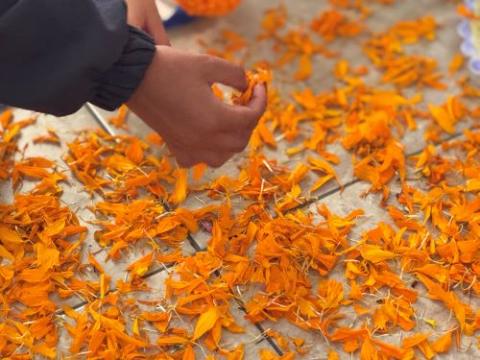
A student at the Colegio Tepeyac Mexicano makes a path with marigold leaves leading toward a Day of the Dead altar Oct. 28 in Mexico City. (GSR photo/Rhina Guidos)
T-shirts and stickers with the word "recuérdame" from a song in the movie "Coco," which illustrates some Day of the Dead beliefs, are abundant in the heart of Mexico City's historic center, a plea for the living to "remember me." A local TV station aired Oct. 27 a short morning program remembering beloved Mexican movie and television stars who have died. Restaurants and businesses, big and small, in Mexico City publicly display altars with photos of their family members who have passed. Schools, public and Catholic, also devote time to assembling Day of the Dead altars.
"We remember those who have left, not as absent, but as living presences in our hearts and in our faith," said Sr. Brenda Hernández, of the Mexico-based Daughters of Mary Immaculate of Guadalupe.
Her order's founder, the Venerable José Antonio Plancarte, taught that true love never dies because it is rooted in God, the source of all life, Hernández said, and so he saw in each person, a seed of eternity. That's why the celebration is not one of sadness, but of memory, gratitude and hope, she added.
Advertisement
"When we remember our loved ones, we also renew our faith that death is not the final word, but a step toward fulfillment," she said.
And that fulfillment is not about reaching a physical demise that ends in death, although that's what some may perceive, Mota said.
Not far from where Mota lives, thousands of marchers paraded down Mexico City's grandest street, the Paseo de la Reforma, dressed as skeletons carrying out lives in another existence. Far from sadness, they portrayed the dead getting married, playing bagpipes, hopping around and dancing to Mexican banda music, LGBTQ+ skeletons, celebrity skeletons posing for photos on the red carpet and waving at their biggest fans — a type of Macy's Thanksgiving Day parade for the dead.
"It's a feast. But for me, it's one illuminated by faith. I believe we can call it the feast of life, of life after death," Mota said. "Life hasn't ended. They [the dead] are living on another level, another dimension but they are alive."

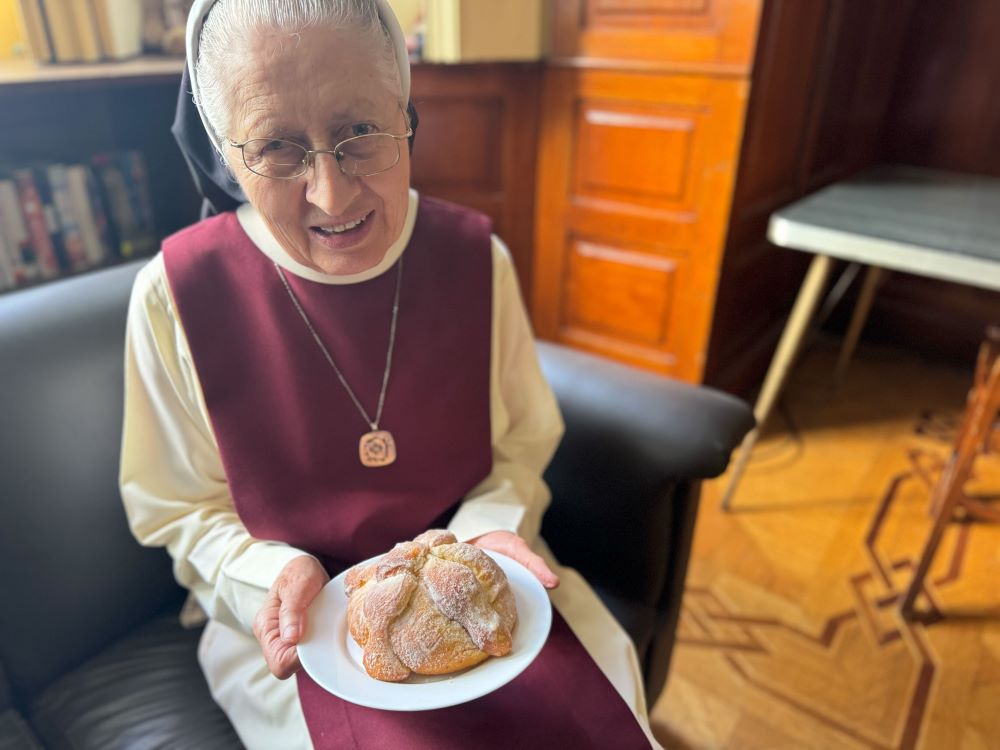
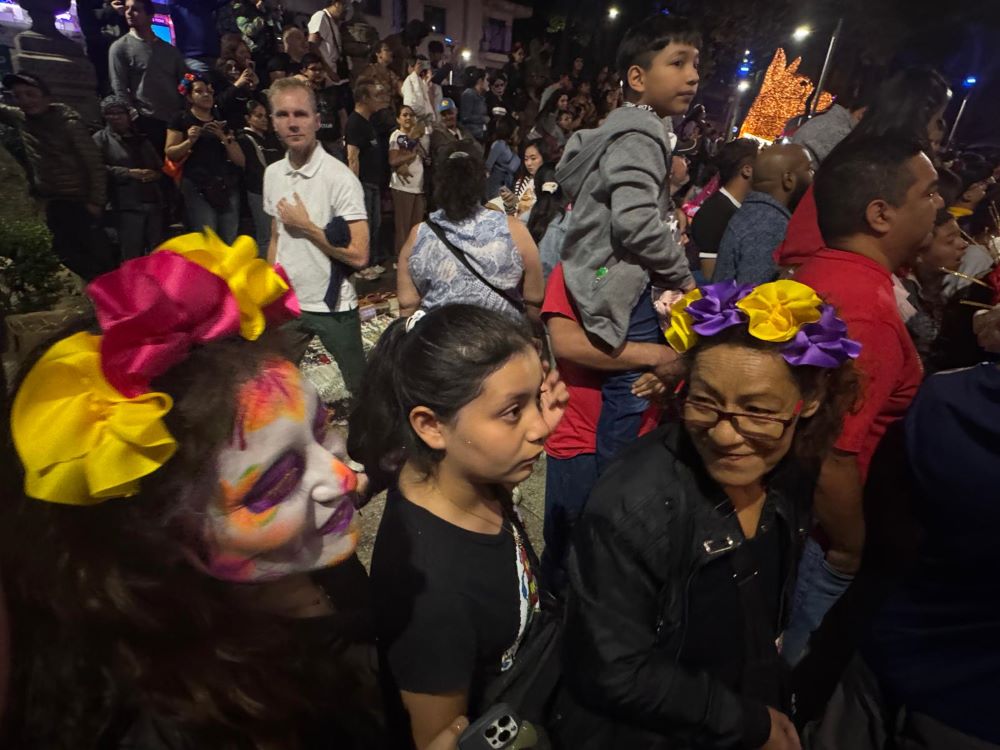
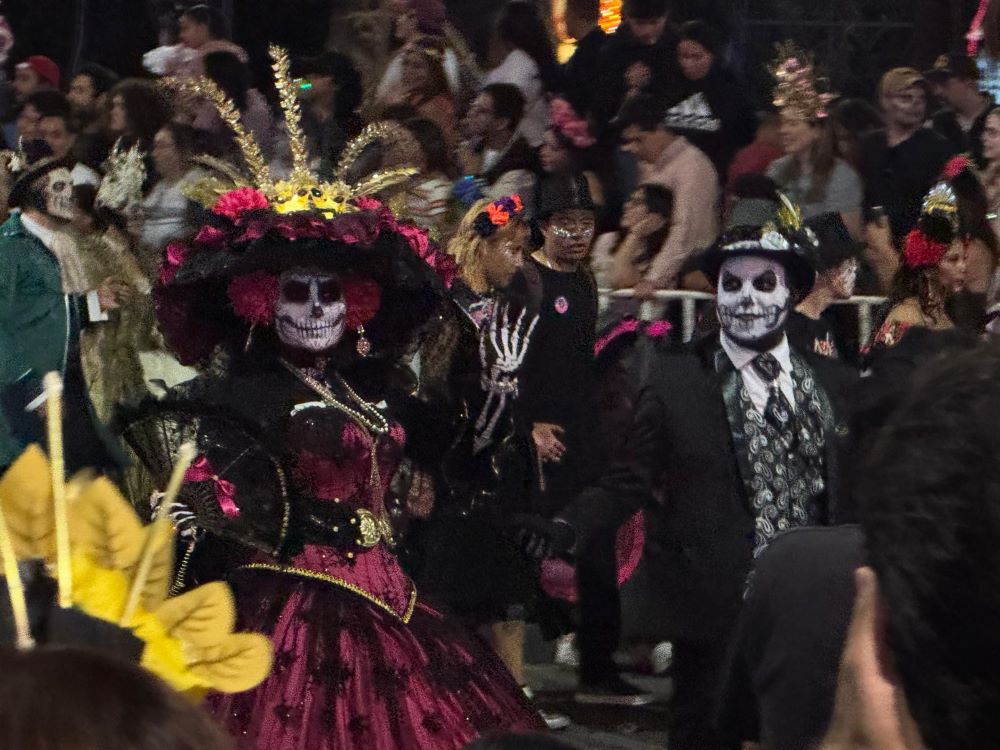
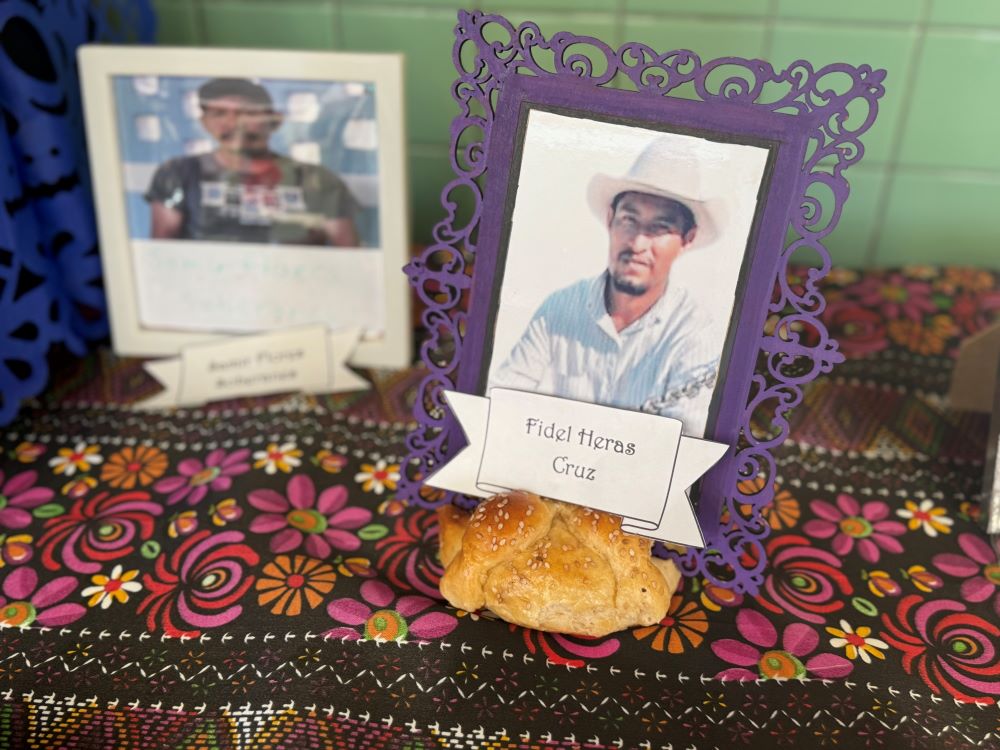
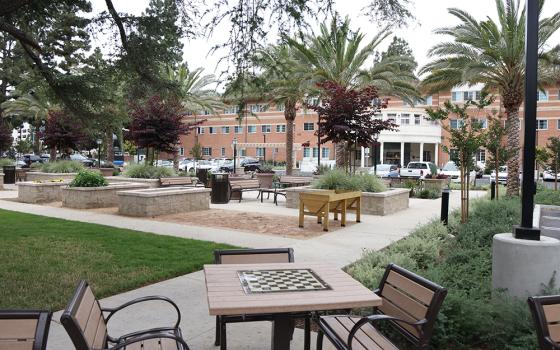
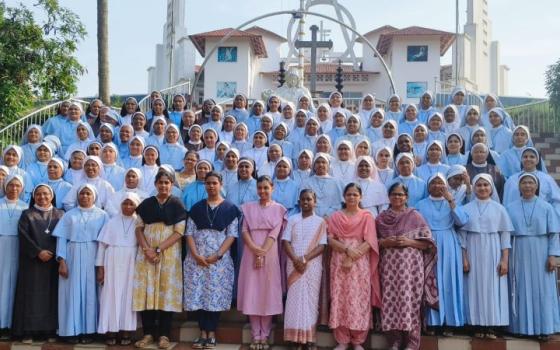
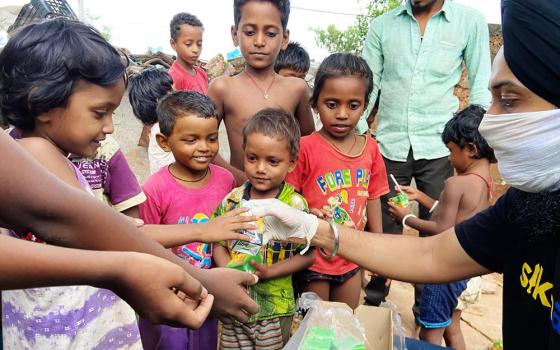
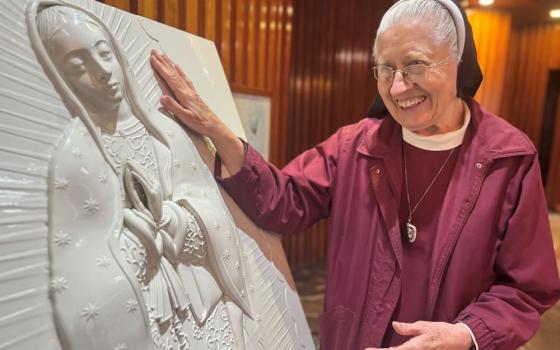
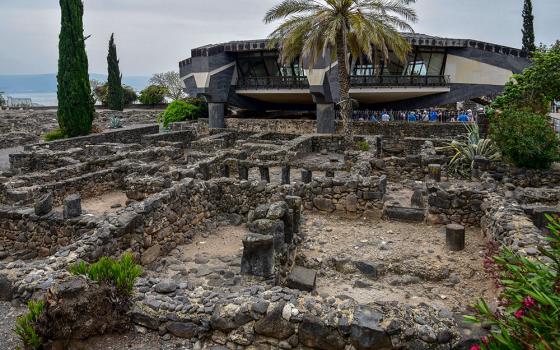
![The characters Fr. Jud Duplencity (Josh O'Connor) and Benoit Blanc (Daniel Craig) "are very much on opposite sides of the [faith] fence, but they've learned from each other," says Rian Johnson, writer and director of "Wake Up Dead Man: A Knives Out Mystery." (Netflix)](/files/styles/homepage_features_medium/public/2025-12/12.13.25%20Wake%20Up%20Dead%20Man%20image%204.jpg?h=27f45369&itok=iTtG9XdO)